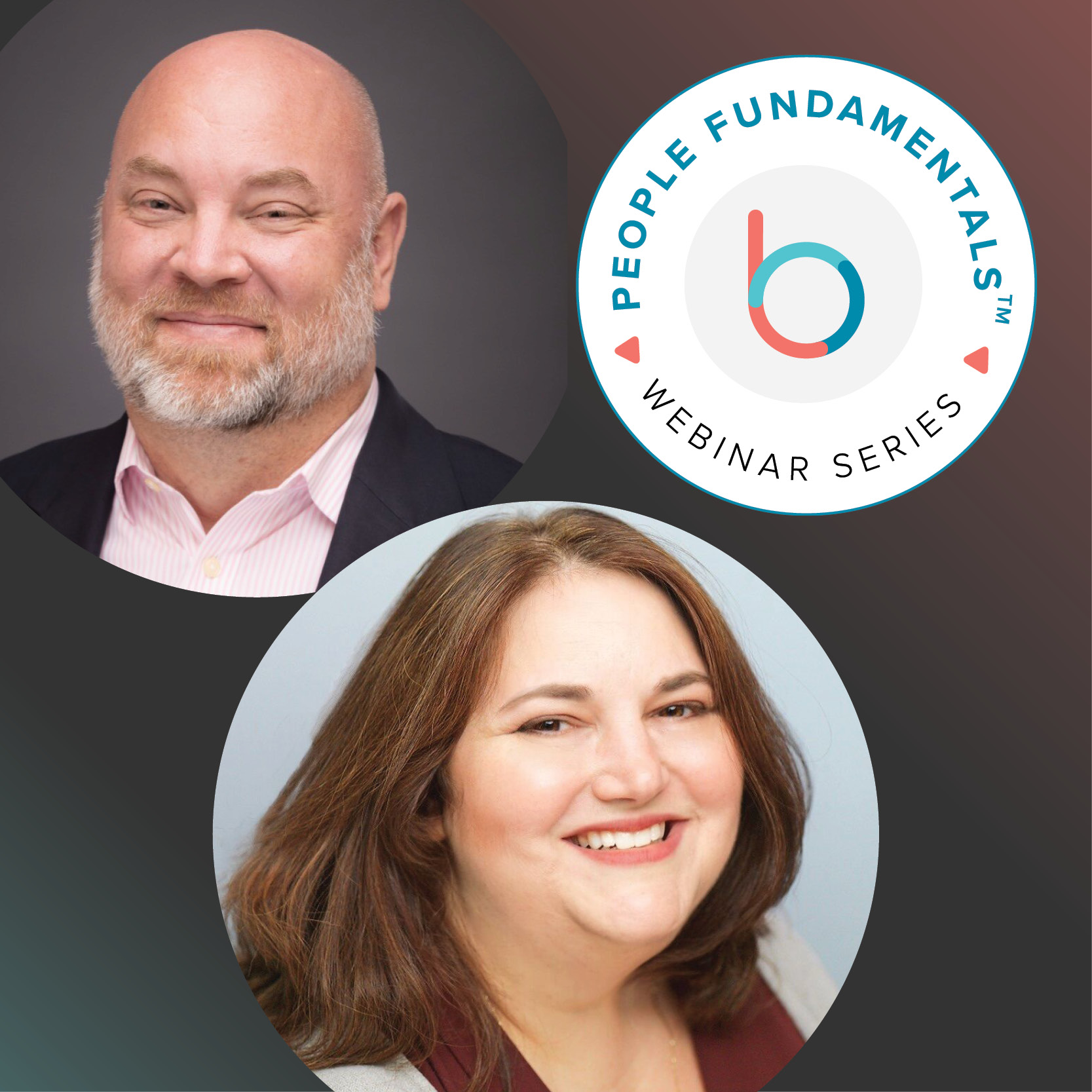Performance check-ins are central to helping employees develop skills, realize their potential, and feel engaged. For HR leaders, performance check-ins provide a chance for alignment, critical conversations, and gaining insights on employee experience and needs.
Making performance check-ins successful within an organization requires clarity and care from leadership as well as shared understanding from managers and employees alike. Although all companies are different and require their own bespoke system, there are best practices and general guidelines that are ubiquitous for any organization. Creating an employee performance check-in template, integrated with best practices, will give your organization the clarity and transparency necessary to support individual contributors while working toward company-wide OKRs.
Performance reviews: best practices
Designing and executing performance check-ins are critical for HR leaders to keep a pulse on their organization and effectively support their workforce. Here are some scalable best practices that work across industries:
- Customize performance check-in questions that reflect your company. Every organization has its own culture, language, and rhythm. While performance check-ins should always be clear and direct, they shouldn’t feel foreign or clinical.
- Fold in goals and OKRs. One way to customize your performance check-ins is to ensure every individual creates goals for themselves. It’s critical that employees know exactly what is expected of their performance. The other important piece is tying the performance check-ins to your organization’s OKRs. Not only will this help guide the overall conversation, it will allow teams and individuals to see how their work directly contributes to the overall vision of the company.
- Look to your values. Adding core values to your performance check-ins is a powerful way to connect culture and work. It also shows to employees that the company’s values mean something—and they mean something in concrete ways. Make sure you’ve defined the values with examples of how they show up in individual actions and teamwork.
- Always leave room for questions. Every performance check-ins template should include a section dedicated to questions. Creating the space for questions helps employees feel safe using their voice. Encourage employees and managers to prepare questions ahead of time.
- Create a cadence. Most companies operate on a quarterly system, making it easy to create a 4 times a year review process. Even if that’s obvious to you, it’s important to communicate the cadence companywide. Employees and managers have a lot to focus on, so acknowledge the process by adding key dates to shared calendars and reminding folks during all-hands meetings when the review cycle is approaching.
- Train managers & employees. No employee ever wants to feel surprised when going into a performance check-in. Likewise, managers want to create an environment of open feedback, honest conversation, and positivity. Once you’ve created a performance check-in template, share it with managers. Managers should then go over the template during their 1:1 conversations with their direct reports.
- Understand the results. Assess employee performance through a calibration system. If you don’t have a tool in place to do so, Betterworks offers tailored reporting and calibration that works specifically for your company.
- Ask for feedback to iterate. Always solicit feedback about the review process from managers and individual contributors—especially right after a review cycle. This gesture not only helps you create a better system, it shows that leadership is flexible and open to change.
Why use a performance review template
Creating a performance check-in template is a huge step in making sure the processes you are building actually sticks. In addition, performance review templates:
– Ensure consistency and mitigate unconscious bias.
– Set expectations across your organization.
– Integrate with goals and continuous feedback.
– Provide the room to talk through engagement.
– Set managers up to gain critical employee insights.
Performance review templates
When we think about performance check-ins, we tend to picture a manager reviewing a direct report. This is the most common use for a performance check-in, but there are other use cases as well—self-performance, annual reviews, and one-off or project-related reviews. We’ve broken down what to include on each type of performance check-in template.
Employee performance
Maintaining positivity and framing an employee performance check-in thoughtfully are keys to building an effective template. The following are the core elements to an employee performance review template:
- Demonstration of Core Values
- Goals assessment
- Skills assessment
- Areas of improvement
- Performance notes
- Comments
- Questions
Self-performance
Self-performance check-ins provide a way for employees to look objectively at their work without outside influence from managers or colleagues. While beneficial for a holistic approach to employee assessments, self-performance reviews can feel awkward or forced.
In order to avoid those pitfalls, create a template that lists out the core competencies of the employee’s role. Under each of the core competencies, list out the exact actions taken. This way, the individual contributor knows precisely what they are evaluating for themselves.
For example, if the individual is a Marketing Manager, their buckets may include:
Promotion planning
– Develops promotion plans for content pieces across channels to ensure maximum readership for our current and new audiences
– Conducts SEO research for reach content topic to prioritize organic traffic
Performance analysis
– Leverages data to regularly and proactively adjust content calendar and promotion plans
– Analyzes traffic from paid and non-paid promotion to determine ROI by outlet and channel
Strategy development
– Develops and consistently updates editorial content calendar
– Collaborates with Growth, Business Ops, and Product teams to identify content needs
Technical skills
– Uses Photoshop and Photoshop alternatives to create high quality visuals to accompany content
– Leverages Google Analytics to regularly report on content performance
Simplified performance check-in template
A simplified template is used for projects or discrete instances of time that won’t be repeated (e.g. an employee fills in for someone on parental leave). The simplified version will include different sections depending on the type of work or unique situation. The most effective one-off performance review templates include a section of expectations set (ideally) before the project began. If you have explicitly agreed upon expectations, list them out in the review along with metrics associated, if applicable.
Simplified check-in templates often don’t include an assessment of Core Values, ties to larger OKRs, or feedback from multiple people. Employees aren’t usually expected to reach a stretch target in a short period of time, so they really depend on the goals and expectations set before the engagement. As with every performance check-in, leave room for questions, comments, and feedback on how to improve the process.
Performance check-in templates and best practices serve to create a fair and transparent review system. Using them in tandem with a continuous performance management program is a powerful way to align employees on top priorities, understand the motivations and needs of your people, and make progress on upskilling and retaining top talent. Learn more about how Betterworks offers the technology and processes to create and deliver scalable performance check-ins.



